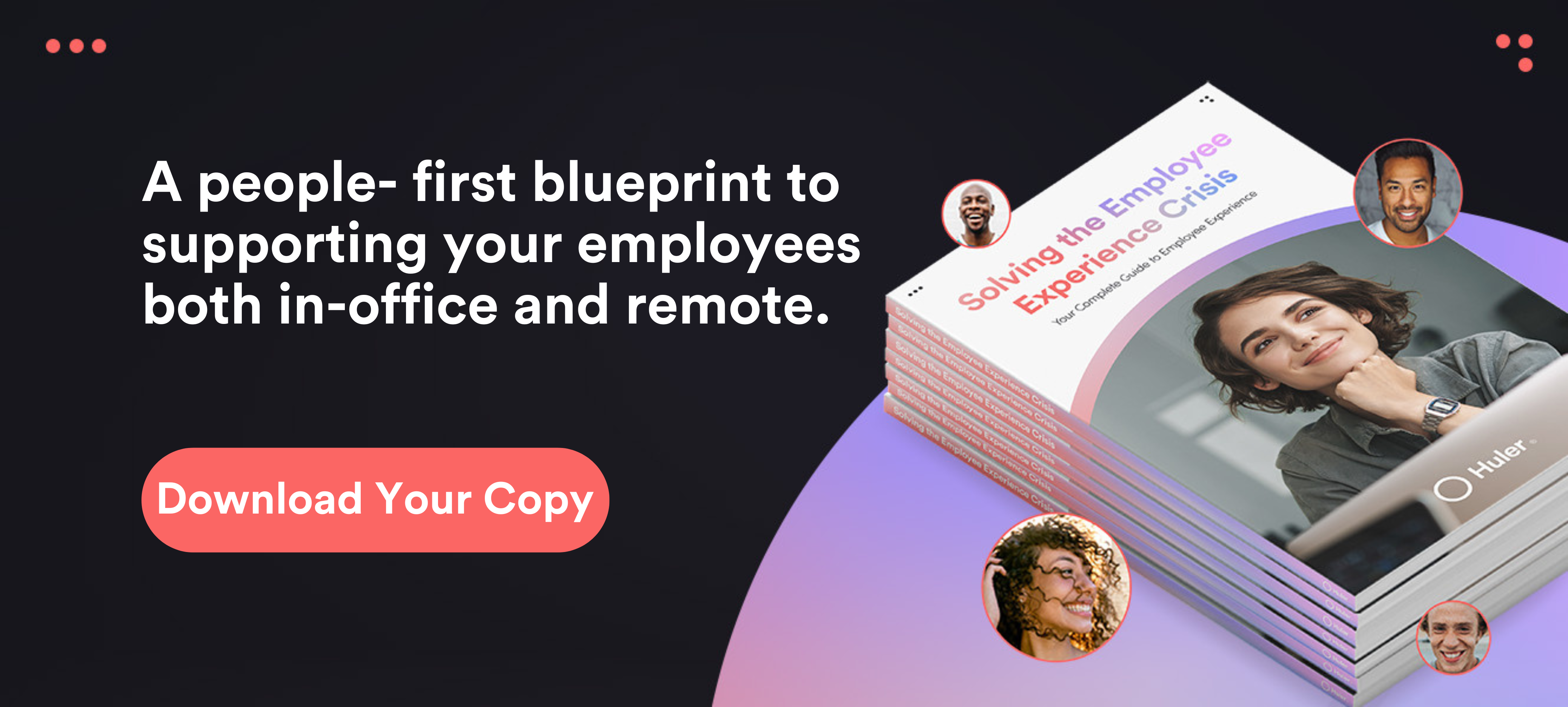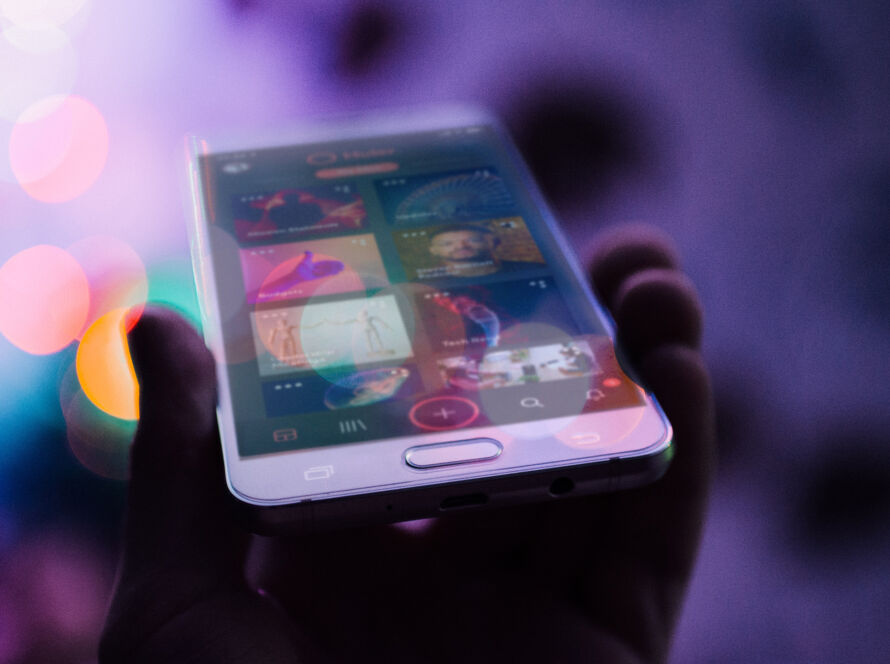Technology has significantly changed how, when, and where we work. In 2020, it enabled many businesses to not just survive, but thrive during a global pandemic that made face to face contact nearly impossible. Beyond Covid, technology has also liberated many knowledge workers from their desks and made effective collaboration in remote environments a reality.
As we move into the second month of 2022, permanent hybrid work models and asynchronous work practises are becoming more commonplace. Many forward-thinking businesses are waking up to the reality that broadening their horizons beyond their office space opens up a wide range of opportunities from sourcing the best talent in their sector to servicing customers nationwide and globally.
Safe to say, over the last 30 years technology has been a significant driving force behind the workplace revolution. However, if we look beneath the surface, there’s a very human problem about to emerge which could upset the apple cart significantly…
Mental Health: A Growing Problem
There’s no doubt about it. The pandemic has had a significant impact on our mental health as a collective. A 2021 survey by Mind the mental health charity found that around a third of adults and young people said their mental health has gotten much worse since March 2020 due to lack of personal contact with loved ones, loneliness, financial problems and worries about getting or spreading coronavirus – to name just a few.
There are nuances to this, too. Certain groups of people, including women, those with long-term physical and mental health conditions, people from ethnic minority communities, LGBQT+ people and older people have been disproportionately affected by the pandemic, and will likely continue to be.
For businesses, anticipating the impact of the pandemic and other circumstances on the mental health of employees is vital to weather the storm. Already, poor mental health costs employers between £33 billion and £42 billion a year and that is set to grow if appropriate measures aren’t put into place to provide proactive and robust support.
Technology and Mental Health
So, where exactly does technology fit in this jigsaw of employee wellbeing? And can it really be used as part of your mental health at work strategy?
The answer is, of course, yes. When used in the right way, technology is a great enabler. It can be used to provide insight, on demand support, predict trends, connect, and save time or stress.
It is also a double edged sword. When it isn’t used in the right way, people can quickly feel alienated, disconnected, unmotivated and overwhelmed. While remote working opens a lot of doors, it can also sever that vital connection that makes employees feel inspired and part of something bigger. That disconnection can also spark feelings of loneliness and isolation, which can quickly spiral down to low engagement, loss of productivity and declining performance.
What’s more, there is a lot of technology that we juggle every single day. And it can be overwhelming when coupled with a never-ending to do list and pressure to get things done. When technology is laid on top of technology, it loses its ability to enable and instead leads to action paralysis, workplace stress and digital fatigue, or burnout.
So, how do you stay on the right side of the tracks and harness the power of technology for the greater good of your workforce?
Making Support Accessible
Investing in employee wellbeing schemes that support mental health is all good and well. But if your people don’t know about them, or how to go about using them, then what is the point? If you’ve invested in employee assistance programs or healthcare initiatives, it’s vital to make them as accessible as possible and promote their usage.
This starts with building awareness through internal comms and marketing campaigns, but goes much further than that. Details of support offered should be accessible any time, anywhere your people need it. They should be fully aware of what is available and know how to access it without needing to seek out additional support or guidance to do so. When employees are able to self-serve in this way, they’re more likely to reach out for help as and when they need it, instead of getting hung up on the details.
Tracking Wellbeing Trends
Employee surveys and feedback tools can be a really useful way of touching base with employees. But they don’t usually get under the skin of how employees are feeling. Now, however, there are ways and means of tracking how employees feel and using the data to put measures in place to support that.
Now, we know what you’re thinking: what about privacy? And, of course, we’ve thought about that too. Tracking how your employees are feeling isn’t about being nosy or intrusive. When done correctly employee wellbeing data can be tracked anonymously and other technology, such as machine learning and artificial intelligence, can be used to provide support without sensitive information being shared with anyone else at all.
For example, if an employee checks in as feeling stressed for the third week in a row, the right technology can prompt them to do a mindfulness activity or gently nudge them in the direction of support. Technology like this can also be used to anticipate burnout, a growing problem across the world of work, and encourage employees to switch off outside of their working hours.
Connecting Remote Teams
Hybrid work models and asynchronous working can make finding natural connections difficult. When everyone is beavering away in their own little bubble at home, for example, it’s hard to create those ‘coffee machine moments’ or ‘water cooler moments’ where employees chat about their weekend or share information informally with one another.
Video conferencing and messenger apps are super effective at quickly connecting us. But if businesses don’t attempt to reshape their workplace culture with a remote landscape in mind, the way we use this technology can become transactional and alienating.
While the technology may be there to enable better connection and collaboration across remote teams, robust policies and procedures to support ‘digital water cooler moments’ are necessary to ensure what makes us human doesn’t get lost in the distance between us.
People-Driven Strategies Enabled By Technology
Technology has the ability to change how we approach and deal with poor mental health in the workplace. But not without a cohesive, unified strategy and execution. As we’ve established above, personalisation, machine learning, and artificial intelligence have the power to help organisations better support the mental health of their employees without being intrusive or invading their privacy.
That being said, the development of technology by no means negates the need for human connection. When it comes to mental health and wellbeing, a human touch is probably the most effective above all else. Building genuine empathy, kindness and understanding of mental health issues into the employee experience and using technology to enable a proactive, inclusive approach paves the way for a forward-thinking mental health at work strategy that leaves no one behind.
Here at Huler, we are all about developing people-first solutions driven by the very best of technology. From our fully personalised employee experience platform to our bespoke software and eLearning content, everything we do is designed to contribute to better, more human workplace experiences. For more information, book a demo of the flagship HulerHub platform today or contact us to speak to a member of our team.







